Mozambique: Hauliers want less police corruption to reduce road accidents
Mozambique: Rioting returns to Maputo tollgate – AIM report
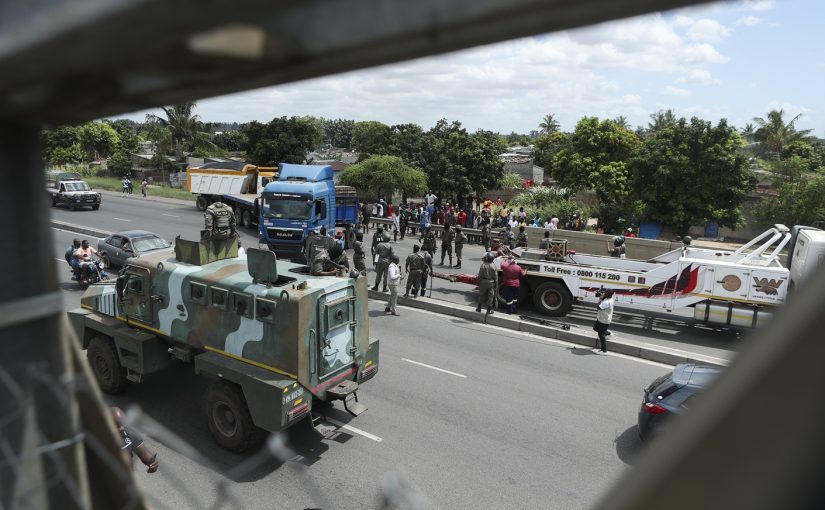
Photo: Luisa Nhantumbo/Lusa
The attempt to resume the collection of tolls on the Maputo-South Africa motorway (EN4) on Thursday failed, in the face of the refusal of motorists to pay, plus rioting and threats to destroy the Maputo tollgate.
The South African company Trans-Africa Concession (TRAC) has been operating the motorway for about 20 years, under an agreement with the Mozambican government. On the Mozambican side of the motorway, there are two tollgates, one at Maputo and one at Moamba.
TRAC says the tolls are its sole source of income. The Maputo gate is located between the cities of Maputo and Matola. All trucks heading to Maputo port should pass through the gate.
In December former presidential candidate Venancio Mondlane declared that the tolls should no longer be paid. He had no legal right to do so, of course, but TRAC stopped enforcing the tolls. Motorists became used to driving straight through the tollgate without paying anything.
Mondlane last Friday included the non-payment of tolls among the measures he wanted enforced during the first 100 days of the new government.
But TRAC declared on Wednesday that, as from Thursday, the tolls would be paid again (at the same rate as before the December rioting). It claimed that all the “human, financial and security conditions” were in place to resume collection of the tolls. This proved wildly optimistic.
Early in the morning, traffic bgan to flow and the tolls were collected. But then, even before 07.00 some motorists smashed through the gates and refused to pay, despite the presence of a large police contingent. 30 minutes later, reinforcements from the riot police (UIR) arrived. Police agents were placed in the toll booths to oblige motorists to pay the tolls. Other police officers removed the obstacles, including burning tyres, placed by rioters on the road.
READ: Mozambique: Police intervene to reopen N4 access to Maputo – photos
Some rioters threatened to set the toll gate on fire. “We’re going to burn this toll gate”, yelled one young rioter, who lives near the toll gate. “It brings no benefit for us, it’s just for Frelimo. We’re fed up with this”. (In reality, the ruling Frelimo Party has nothing to do with the tollgates, but Frelimo has become a conveniente demon for Mondlane’s followers).
Buses and minibuses were unable to continue their journey. So their passengers disembarked, and continued on foot to their destinations, in Maputo or Matola. This is part of the human costs of the road blockages and barricades.
At aound 09.00, a trailer truck and an articulated bus were placed about 200 metres from the tollgate, to make it impossible for traffic to move in either direction. About a kilometre from the tollgate, gangs of youths stopped vehicles to order the motorists not to pay the tolls. The police fired tear gas and live ammunition to disperse them.
On Thursday, the TRAC director of maintenance, Fenias Mazive, told reporters that the December riots “in addition to the financial costs from the non-collection of the tolls, caused paralysis of building works on the Tchumene and Moamba stretches of EN4″, in Maputo province.
“The road surface was damaged, and lampposts were knocked down. There’s still no date for replacing them”, said Mazive. He added that TRAC is still calculating the losses it has suffered.
The Maputo Metropolitan Area Water Company (AdRMM) also suffered heavy losses from the December unrest. In a Wednesday press release, the company put its losses at a round 200 million meticais (3.1 million US dollars, at the current exchange rate).
Among the assets damaged had been mains pipes, solar panels, AdRMM shops, protective fencing and office materials. The destruction, the company warned, compromises the supply of drinking water and its quality, exposing local communities to the risk of water-borne diseases.
Recovery from the damage “requires resources which could have been used to improve the services”, said the company. The need for repairs “will delay still further the efforts to provide clean drinking water to areas that still have no access.”


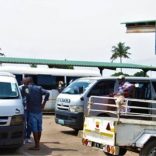


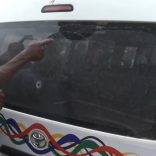
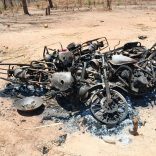
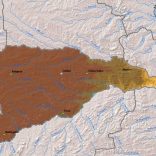
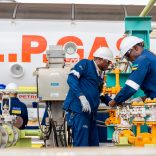

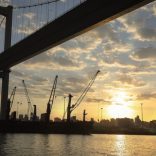

Leave a Reply
Be the First to Comment!
You must be logged in to post a comment.
You must be logged in to post a comment.